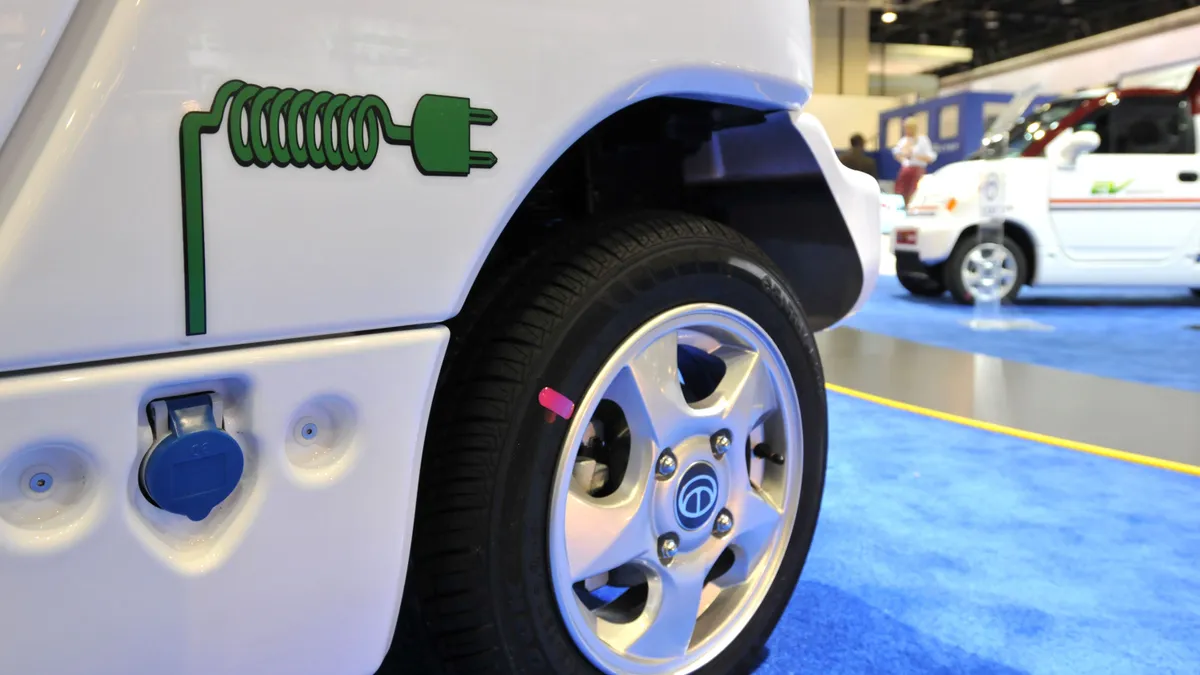Dive Brief:
- The California Air Resources Board released new draft language on Monday for the Advanced Clean Fleets regulation, requiring medium and heavy-duty truck manufacturers to sell only zero-emission vehicles beginning in 2040.
- The updated proposal follows a series of public workshops held last year and would include purchase requirements beginning in 2024 for state, municipal and drayage fleets as well as federal agencies and private operators with more than 50 trucks, excluding package delivery vehicles.
- Despite increased interest in personal EVs and the growing shift toward electric buses for transit, battery-electric trucks are only “in the early stages” of production, according to David Aspinwall, North America president at Heliox, a charging systems company for buses, trucks and the port, marine and mining industries.
Dive Insight:
Under CARB’s proposed ACF regulation, all trucks added to the California fleet must be zero-emission vehicles beginning Jan. 1, 2024, and internal combustion engine vehicles must be removed from the California fleet by Jan. 1 of the year following the end of the vehicle’s minimum useful life. CARB defines that as ranging from 13 to 18 years or 800,000 miles.
California is looking to accelerate the adoption of electric trucks through its sustainable freight action plan, which was drafted in 2016, along with the ACF and advanced clean truck regulations. The ports of Los Angeles and Long Beach together emit more than 100 tons a day of smog- and particulate-forming chemicals, while diesel-powered trucks and trains create cancer risks and contribute to the region's haze.
But the electrification of truck fleets is just getting underway and fleet operators are just “dipping their toe into the water and figuring out how this is going to work,” Aspinwall said.
For recharging, some trucks will operate in local service, returning daily to a warehouse or other facility where they can be charged. Over-the-road trucks will require charging stations en route.
Only a year ago, the first public charging station for box vans and semi-trucks opened in the U.S., a partnership of Daimler Trucks North America and Portland General Electric.
Aspinwall explained: “Right now there's a limitation on the size of batteries and thus the amount of power that the batteries can take.” He said that development is happening to enable larger batteries that can take more power faster and added that “the capabilities of chargers are growing quite dramatically.” But he expects that most of the electric truck market will be focused on inner-city and last-mile delivery in the near term.











